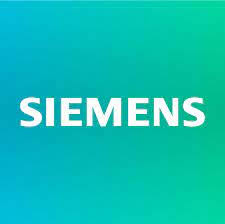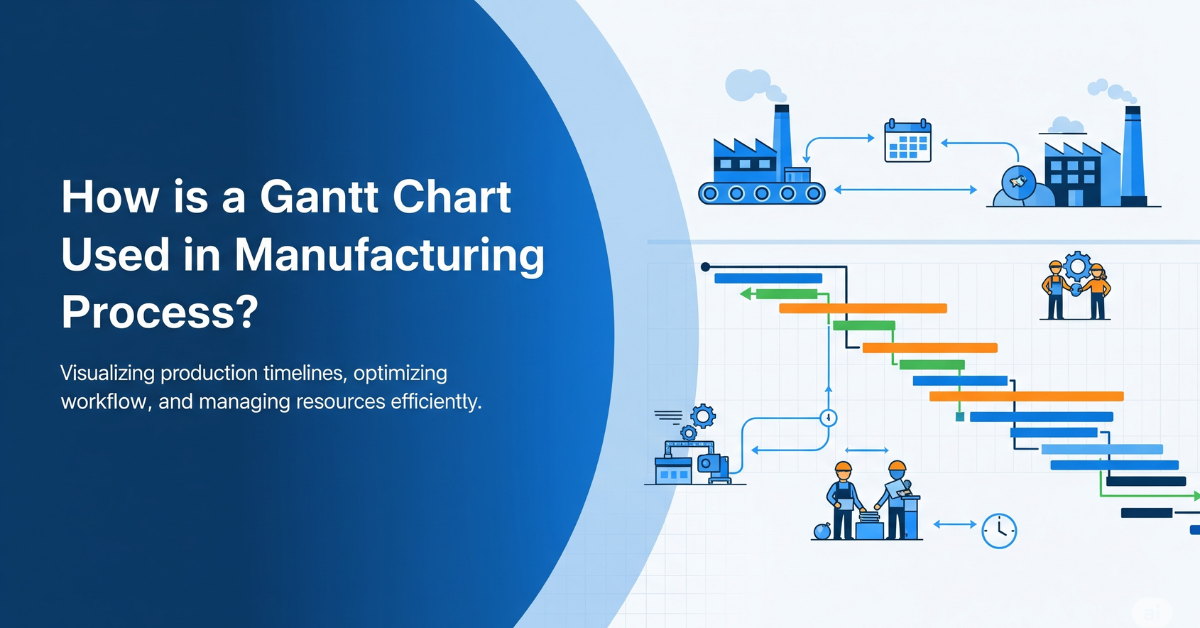Manufacturing Inventory Management Software
Inventory Management Software for Manufacturers connects digital and physical inventory management by tracking and controlling raw materials, components, and finished products in real time. It ensures production operations meet demand and quality standards while reducing delays and waste.
This solution supports smart manufacturing by synchronizing supply chain data with production workflows and fostering continuous improvement.
Inventory Management Challenges
Manufacturers face significant challenges in maintaining accurate, real-time inventory visibility across multiple sites. Disconnected systems and manual processes often lead to stock imbalances, production delays, and excess holding costs. Without predictive insights and automation, aligning inventory with demand becomes reactive and inefficient.

What Does Inventory Management Software Do?
Inventory Management Software for manufacturers automates the tracking, control, and optimization of raw materials, components, and finished goods.
It delivers real-time visibility into inventory levels across multiple sites, helping manufacturers prevent stockouts, minimize excess, and reduce carrying costs.

Features of Inventory Management Software
Real-Time Tracking
Provides dynamic, real-time visibility into stock levels across multiple locations. Automatically updates inventory data and alerts users on low-stock thresholds to prevent shortages and support production planning.
Integrated Reporting
Consolidates data from various sources to generate comprehensive, customizable reports. Enables detailed analysis, trend tracking, and supports strategic decision-making for efficient inventory management.
Automated Replenishment
Utilizes predictive analytics to determine optimal reorder points and quantities. Streamlines purchasing decisions, reduces manual intervention, and ensures inventory availability while minimizing excess stock.
Benefits of Inventory Management Software
Reduced Stockouts
Prevents production delays by keeping inventory levels optimized and readily available.
Optimized Levels
Balances supply and demand to cut excess storage costs and avoid overstock issues.
Cost Savings
Automates ordering processes to reduce waste and lower overall inventory expenses.
Accurate Forecasting
Predicts demand trends to align inventory with market needs and production schedules.
Enhanced Efficiency
Streamlines operations by integrating inventory data across supply chain networks.
Improved Visibility
Offers real-time insights for proactive management and timely decision-making.
Siemens Opcenter
Snic Solutions is recognized as one of the elite organizations partnered with Siemens as a value-added reseller of Opcenter.
/About%20Page/Blake%20Digital%20Transformation%20Solutions.png?width=500&height=500&name=Blake%20Digital%20Transformation%20Solutions.png)

Inventory Management Integration
Manufacturing Inventory Management Software is essential in the smart manufacturing ecosystem, integrating with systems like ERP, MES, APS, and QMS to unify inventory visibility and control.
What happens when you integrate?
Integrating inventory software enhances material traceability and stock accuracy across the supply chain. Real-time data sharing improves forecasting, minimizes stockouts, and ensures alignment between planning and production.

From Our Blog
Stay up to date with what is new in our industry, learn more about the upcoming products and events.

How is a Gantt Chart Used in Manufacturing Process?
In manufacturing, Gantt charts are used to simplify production by visualising task…
.png)
Top Advantages of Laboratory Automation Systems
Are you curious about how laboratory automation can benefit your lab? Laboratory a…
.png)
What Is A Bidirectional LIMS?
LIMS bidirectional communication, or what is LIMS bidirectional, refers to the two…
Frequently Asked Questions
Have Question? We are here to help
What is the manufacturing inventory management process?
The process involves tracking raw materials, components, and finished goods throughout the production cycle. It ensures timely availability of inventory to reduce waste, delays, and costs.
What are the 4 types of inventory management systems?
-
Periodic Inventory System
-
Perpetual Inventory System
-
Barcode-Based System
-
RFID-Based System
What are the 5 stages of the inventory management process?
The five stages include:
-
Planning
-
Procurement
-
Production
-
Storage
-
Distribution
How do you manage inventory in manufacturing?
Use software to track stock levels, forecast demand, automate reordering, and sync with production schedules for efficiency and accuracy.
What is the best inventory method for manufacturing?
Just-in-Time (JIT) and Economic Order Quantity (EOQ) are commonly used methods to reduce waste and align inventory with demand.
How to manage inventory in manufacturing?
Implement software that connects inventory with supply chain and production data. Automate reordering and use analytics to optimize levels.
Is there a free inventory management system?
Yes, basic free systems exist, but manufacturers often require paid tools with advanced features like real-time updates and system integration.
How do manufacturers manage inventory?
They rely on digital platforms that track stock in real time, automate replenishment, and provide visibility across multiple locations and systems.
What are the 4 types of inventory?
-
Raw Materials
-
Work-in-Progress (WIP)
-
Finished Goods
-
Maintenance, Repair, and Operations (MRO)
Can Excel be used for inventory management?
Excel can manage simple inventories, but it lacks real-time tracking, automation, and integration needed for manufacturing environments.
What is inventory management in manufacturing?
It's the control and tracking of materials and goods throughout the production process to meet demand and reduce waste.
How confident do you feel with where the company is going?
We will begin in this chapter by dealing with some general quantum mechanical ideas. Some of the statements will be quite precise, others only partially precise. It will be hard to tell you as we go along which is which, but by the time you have finished the rest of the book, you will understand in looking back which parts hold up and which parts were only explained roughly.
What is the most commonly used inventory system?
The perpetual inventory system is most commonly used in manufacturing, offering continuous, real-time updates for accurate stock control.
Partner With Us To Reduce Your Technical Debt
Snic Solutions is recognized as one of the elite organizations partnered with Siemens as a value-added reseller of Opcenter.
/About%20Page/Blake%20Digital%20Transformation%20Solutions.png?width=500&height=500&name=Blake%20Digital%20Transformation%20Solutions.png)
